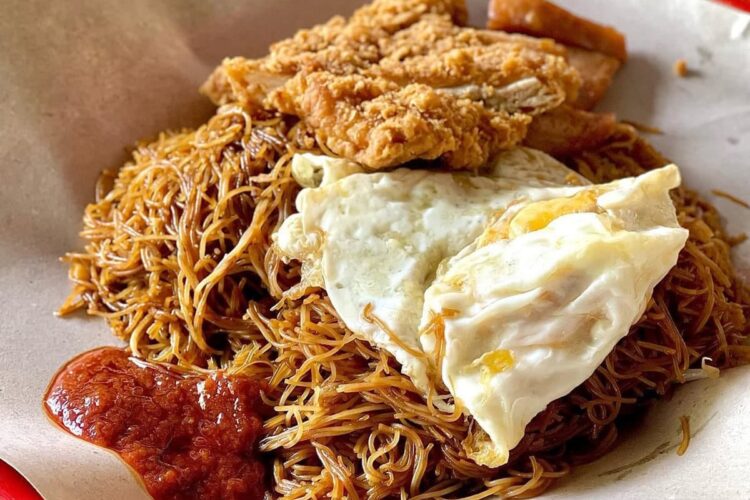When it comes to culinary excellence, Singapore is a playground of flavours — from bustling hawker stalls in Tiong Bahru to elegant fine dining in Orchard. But what often goes unnoticed is the invisible force that sustains this dynamic food ecosystem: the food supplier in Singapore. Behind every dish, whether served in a Michelin-starred restaurant or a humble kopi tiam, stands a network of dedicated food suppliers working round the clock to keep plates full and customers satisfied.
The Unsung Heroes of Every Meal
While chefs and restaurateurs often take the spotlight, food suppliers play a crucial role in delivering consistency and quality. These suppliers navigate a complex web of logistics, sourcing, and food safety to meet the ever-growing demands of Singapore’s discerning consumers.
From frozen seafood flown in from Norway to locally grown microgreens harvested in Kranji, suppliers must ensure:
- Freshness and hygiene across the supply chain
- Reliable delivery to restaurants, supermarkets, and caterers
- Competitive pricing in a saturated market
- Compliance with the stringent regulations set by the Singapore Food Agency (SFA)
A 2023 SFA report highlighted that over 95% of Singapore’s food is imported, making the role of food suppliers even more vital in maintaining food security and preventing supply disruptions.
How Food Suppliers Shape the Way We Eat
Beyond just distribution, today’s food suppliers are reshaping the industry in response to evolving consumer habits. Think plant-based alternatives, halal-certified meats, organic produce — these aren’t just trends, they’re market drivers. And food suppliers are quick to adapt.
Some notable shifts include:
- Sustainability-led sourcing: Suppliers are reducing carbon footprints by sourcing regionally when possible and embracing eco-friendly packaging.
- Tech-driven logistics: Cold chain technology and inventory tracking systems ensure minimal wastage and optimal freshness.
- Diversification: From gourmet ingredients for luxury dining in Dempsey Hill to bulk staples for school canteens, suppliers cater to diverse needs with precision.
“Our job isn’t just moving food — it’s anticipating demand, adapting to change, and being a trusted partner in every kitchen,” says Kenneth Low, a logistics manager at a local food distribution company.
Choosing the Right Food Supplier: What to Look For
Whether you’re a restaurateur opening your first café in Jurong or a catering company expanding operations, choosing a reliable food supplier can make or break your business. Here’s what to consider:
- Track Record: Look for suppliers with strong industry experience and testimonials from clients in similar sectors.
- Product Range: A wide selection helps simplify procurement and ensures consistent quality across menus.
- Certifications: Ensure HACCP, ISO or Halal certifications are in place, depending on your customer base.
- Flexibility: Can they accommodate seasonal demands, custom cuts or specialty items?
- Communication: Responsive support and clear invoicing go a long way in daily operations.
How the Pandemic Changed Everything
The COVID-19 pandemic was a wake-up call for the F&B sector. With sudden lockdowns and erratic global shipping, many food businesses found themselves grappling with supply gaps. Food suppliers, too, had to pivot — quickly.
Some began offering direct-to-consumer options, allowing households to order restaurant-grade meats and seafood online. Others partnered with digital platforms to improve visibility and streamline orders.
In 2021 alone, e-commerce sales in Singapore’s food and beverage sector saw a 35% year-on-year increase, indicating a strong shift in consumer behaviour that many suppliers have now integrated into their long-term business models.
Looking Ahead: Innovation on the Menu
What does the future hold? Automation, AI, and even blockchain are entering the fray. Some local suppliers are experimenting with blockchain-based tracking to allow end consumers to verify the origins of their food in real-time.
Meanwhile, urban farming initiatives are being folded into the supply chain to reduce reliance on overseas imports. Places like Punggol Digital District are set to house high-tech farms that could redefine how fresh produce is delivered — hyperlocal, sustainable, and ultra-efficient.
Final Thoughts
Singapore’s reputation as a food paradise didn’t happen by accident. It’s been quietly nurtured by thousands of hands behind the scenes — strategists, logistics experts, and cold-chain coordinators who make sure that quality never takes a day off.
So the next time you bite into your favourite nasi lemak or sip a velvety laksa broth, spare a thought for the logistical poetry that made it possible — all thanks to a reliable food supplier in Singapore.

